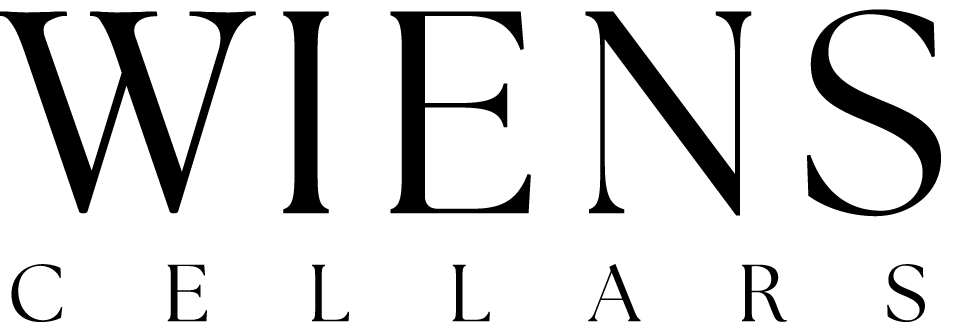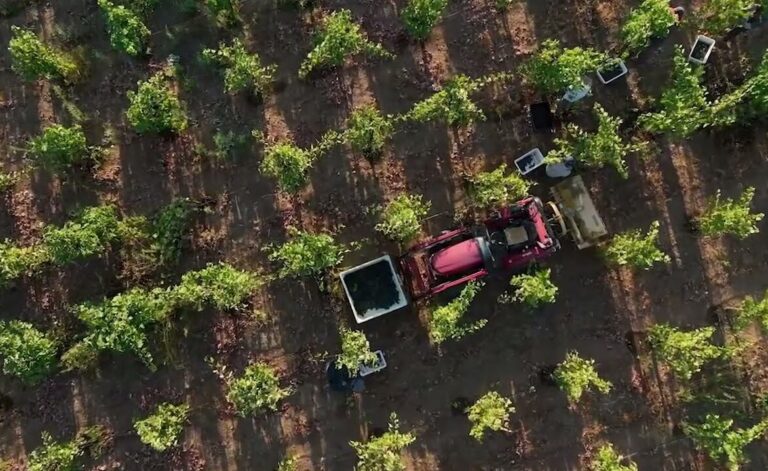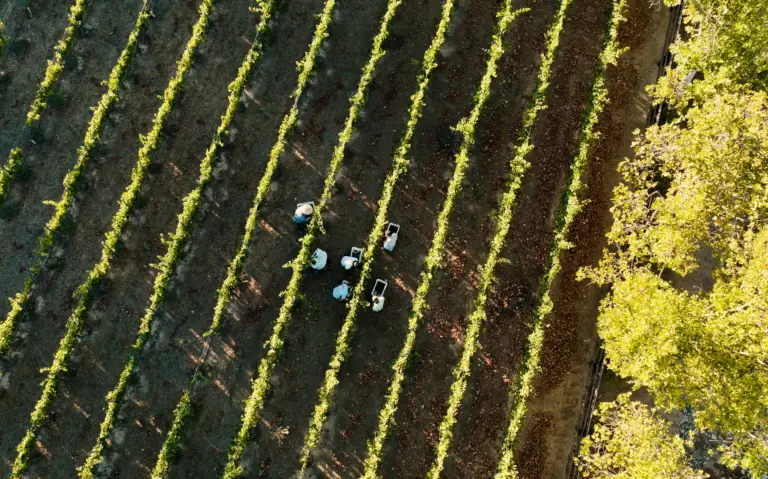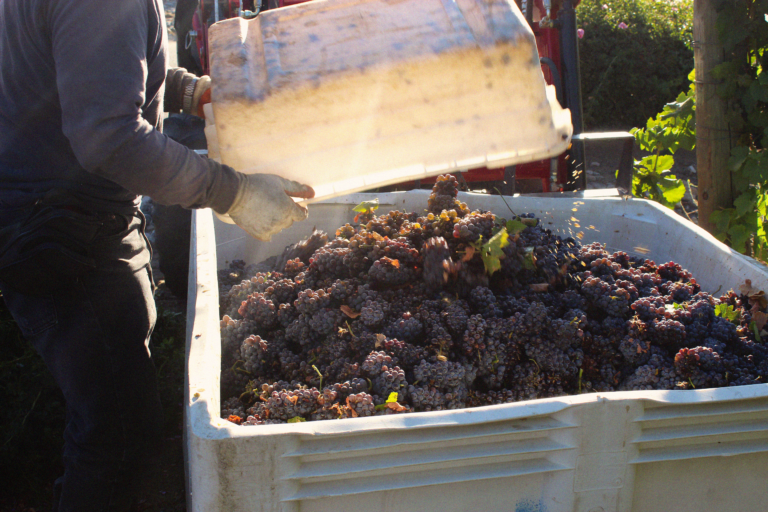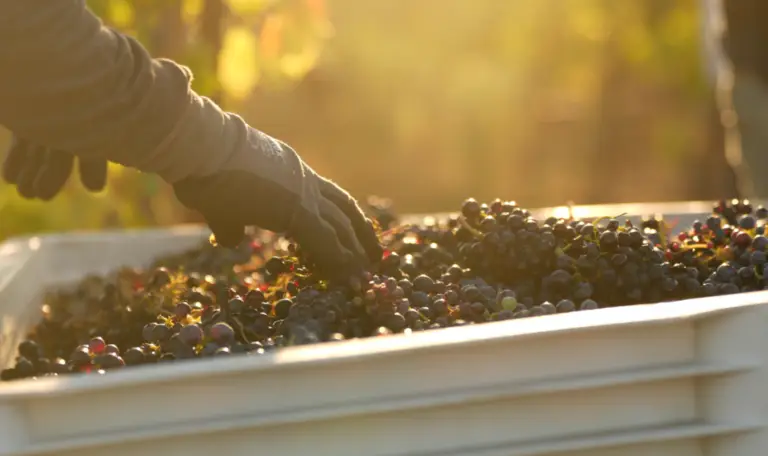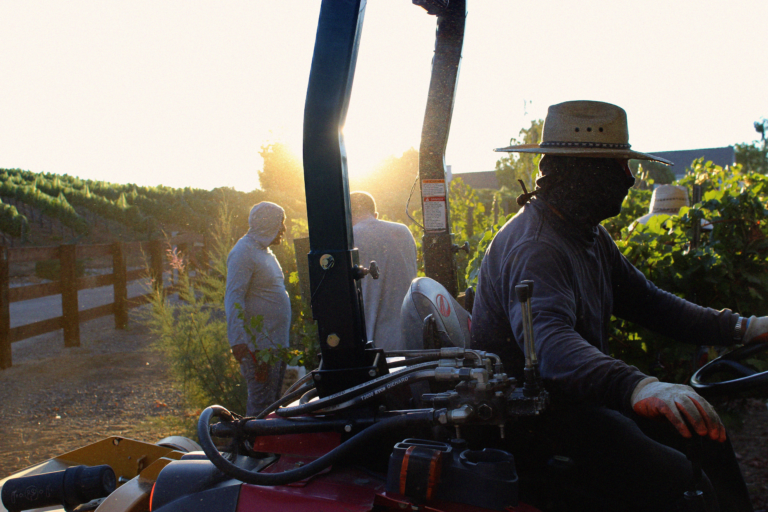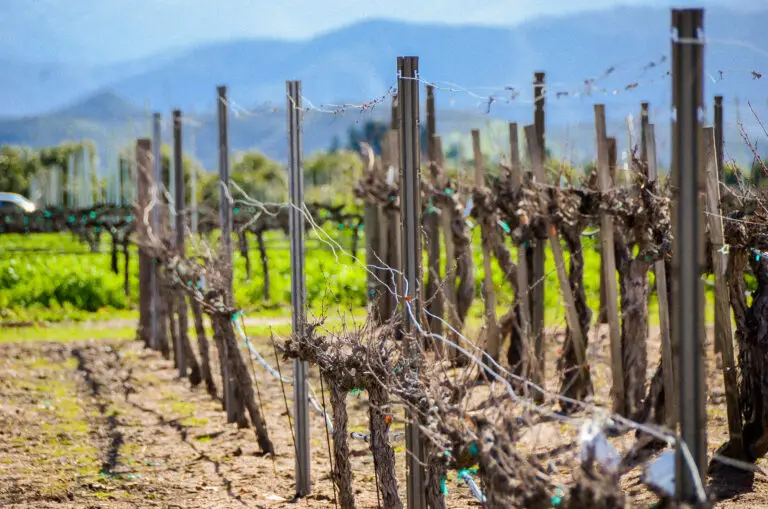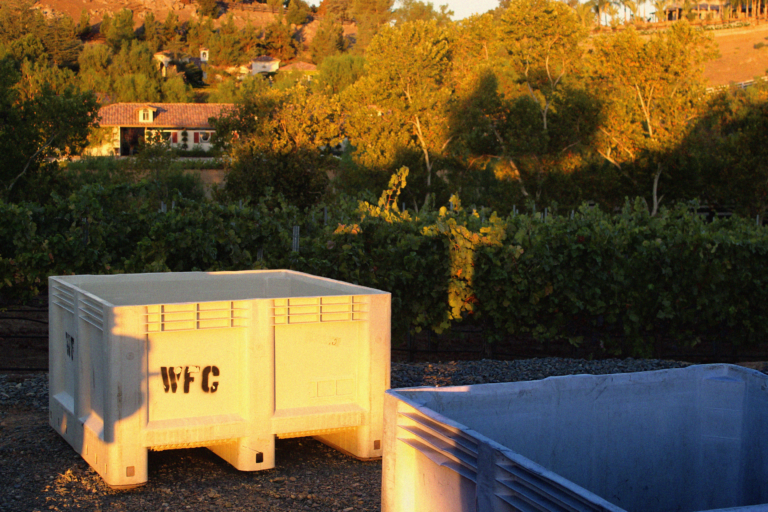The concept of terroir transcends simple definitions, embodying the intimate connection between the environment—soil, climate, and landscape—and the distinctive characteristics of wine. This complex interplay is foundational to the wine world, shedding light on why varietals differ across regions and influencing both winemaking strategies and wine appreciation. Terroir explains the soul of wine, making each bottle a reflection of its origin.
The Elements of Terroir
- Climate: The climate dictates key aspects of grape maturity and flavor development. Sunshine, temperature variations, and rainfall patterns play critical roles in determining the balance between sugars and acids within the grapes.
- Soil: Soil composition affects water retention, root health, and mineral uptake, directly impacting vine vigor and fruit quality. The diversity of soil types from limestone to clay to gravel each imparts a unique stamp on the wine produced.
Terroir Across Different Regions
- Old World Nuances: In regions like Burgundy and Piedmont, terroir is revered, with wines reflecting the nuanced variations of vineyard parcels sometimes separated by just a few meters.
- New World Dynamics: In newer wine regions like Oregon and South Africa, terroir is explored through innovative viticultural techniques, blending tradition with modern science to highlight regional characteristics.
Viticulture and Terroir
Adaptive viticulture practices meticulously tailored to local terroir do more than just express a vineyard’s unique character—they significantly enhance the quality of the resulting wines. By understanding the specific environmental conditions of their vineyards, vintners can implement a range of targeted techniques to better express these characteristics in their wines. For instance:
- Canopy Management: This involves adjusting the leaf canopy to optimize grape exposure to sunlight, which can enhance flavor concentration and ripening. Techniques vary from leaf thinning to altering trellis systems, depending on the vineyard’s microclimate.
- Controlled Irrigation: Managing water use is crucial, especially in arid regions or where water retention in the soil is poor. Precision irrigation helps control vine stress and influences berry size and concentration, directly affecting the flavor profile of the grapes.
- Precise Harvest Timing: The decision of when to pick the grapes is pivotal. Vintners use detailed knowledge of their terroir to time the harvest perfectly, capturing the ideal balance of sugar, acidity, and phenolic maturity in the grapes, which is essential for producing high-quality wine.
These practices not only highlight the terroir but also contribute to sustainable viticulture by aligning farming practices closely with the natural environment, thus preserving the land and its productivity for future generations.
The Science Behind Terroir
The scientific exploration of terroir involves multidisciplinary studies that delve into the biological and geological underpinnings that define the winegrowing environment. These scientific endeavors aim to decode how each component of terroir—soil, climate, topography, and even local flora—contributes to the qualities found in a glass of wine:
- Soil Science and Microbiology: Researchers study soil compositions and microbial communities to understand how these factors influence vine health and fruit development. The presence of certain minerals or organic compounds in the soil can directly affect vine vigor and the flavor compounds in grapes.
- Climatic Studies: Climatology in viticulture examines how variables such as temperature, rainfall, and sunlight hours impact grape ripening and quality. These factors can vary significantly even within the same vineyard, influencing the consistency and character of the harvest from year to year.
- Phenolic Analysis and Aroma Compounds: Advanced chemical analysis helps scientists and winemakers understand how terroir affects the development of tannins, anthocyanins, and aromatic compounds in wine grapes. This research is crucial for enhancing wine flavor profiles and stability.
By integrating these scientific insights with traditional winemaking knowledge, vintners can more precisely influence the expression of terroir in their wines, crafting beverages that not only taste exceptional but also tell the compelling story of their origin. This scientific approach to understanding terroir not only enriches the wine itself but also provides consumers with a clearer connection to the wine’s origins, deepening their appreciation and enjoyment.
Iconic Grapes and Their Terroirs
The unique terroir of different regions can dramatically alter the expression of specific grape varieties, highlighting the intricate relationship between environment and wine characteristics:
Pinot Noir:
- California: In regions like Sonoma and the Central Coast, Pinot Noir often showcases lush, fruit-forward profiles with vibrant cherry and raspberry notes, supported by a subtle spice due to the warm, sunny climate.
- Burgundy, France: The cooler, limestone-rich soils of Burgundy lend Pinot Noir wines a more structured and earthy profile, with nuances of truffles and damp forest floor, complementing the delicate red fruit aromas.
Riesling:
- Germany: German Rieslings, particularly from the Mosel and Rheingau regions, are renowned for their razor-sharp acidity and distinctive flinty minerality, often accompanied by flavors of green apple, lemon, and sometimes a hint of petrol as they age.
- Clare Valley, Australia: The warmer climate of Clare Valley produces Riesling that is riper and more full-bodied, featuring intense citrus and peach flavors, while still maintaining a crisp acidity that makes the style distinctively refreshing.
Terroir’s Influence on Wine Tasting
Understanding terroir’s influence enriches the wine tasting experience, allowing enthusiasts to explore deeper into the world of wine through sensory exploration and evaluation:
- Blind Tastings:
- During blind tastings, aficionados challenge themselves to discern the wine’s origin by analyzing terroir-driven characteristics. This practice not only hones tasting skills but also deepens appreciation for how different environments affect the subtleties in wine.
- Example: Tasters might distinguish a Riesling from the cool climates of Germany versus Australia by noting the intensity of mineral notes and the balance of acidity.
- Sensory Evaluation:
- Terroir affects all sensory aspects of wine—aroma, flavor, and texture. For instance, the mineral complexity often found in wines from volcanic soils can be detected in the nose and palate, offering a distinct tactile sensation that is closely tied to the wine’s geographic origin.
- Wine enthusiasts learn to recognize these elements, which can include the herbal undertones in a Cabernet Sauvignon from cooler climates or the lush, ripe fruit flavors in those from warmer regions.
By exploring iconic grapes and their relationship with terroir, and understanding how to detect these influences through tasting, wine lovers gain a more profound connection to the wines they enjoy. This knowledge not only enhances the enjoyment of each bottle but also fosters a deeper respect for the winemaking tradition and the natural elements that shape its outcome.
Protecting Terroir: Legal and Cultural Aspects
Regulatory bodies enforce appellation laws and geographical indications to protect the authenticity of terroir-driven wines. These protections help vintners preserve traditional practices and ensure that wines reflect their geographic and cultural heritage, guarding against the dilution of unique regional identities.
Terroir in Marketing and Consumer Choice
The concept of terroir is not just a cornerstone of viticulture but also a powerful element in the marketing of wine. It offers a narrative that connects consumers with the unique geographical origin of their wine, enhancing its perceived value and distinctiveness:
Marketing Terroir:
- Storytelling: Wineries often use terroir as a storytelling tool, emphasizing the unique environmental conditions and traditional practices of their vineyards. This can include detailed descriptions of soil types, elevation, and climate, which help to paint a vivid picture of how the wine came to possess its specific characteristics.
- Labeling and Branding: Labels that reference specific regions, vineyards, or even particular plots of land lend credibility and allure. This practice assures consumers of the authenticity and quality associated with terroir-focused wines, potentially commanding higher prices.
Consumer Perceptions and Preferences:
- Educated Choices: Today’s wine consumers are increasingly knowledgeable and interested in the origins of their wine. They often seek out wines with a strong sense of place as a guarantee of quality and authenticity, which can influence their buying decisions.
- Sustainability and Authenticity: In an era where sustainability and authenticity are highly valued, terroir plays into these themes beautifully. Consumers who are aware of and care about environmental impact often prefer wines that are marketed as products of sustainable viticulture practices and authentic terroir expression.
Regional Pride and Economic Impact:
- Local Economies: Wines marketed with a strong terroir focus can boost local economies by attracting tourism and fostering a sense of pride in regional wine products. This can lead to increased sales both locally and globally, as consumers seek to experience the unique flavors that specific terroirs offer.
- Cultural Heritage: Terroir also ties into cultural heritage and identity, with regions like Bordeaux, Tuscany, or Napa Valley using their renowned terroirs as a key part of their global brand identity. This not only boosts sales but also helps preserve traditional practices and the historical significance of wine in these areas.
Through leveraging marketing strategies, wineries can enhance the appeal of their wines, cater to the preferences of a discerning consumer base, and contribute to the preservation and appreciation of wine as a cultural and environmental art form. This strategic focus on terroir not only influences consumer choice but also helps in positioning wine regions on the global map, adding economic and cultural value.
As terroir continues to be a key focus of both viticultural research and consumer interest, its role in winemaking is poised to grow. Future trends may include more precise mapping of terroir’s effects or innovative practices designed to adapt to changing climatic conditions. Ultimately, the study of terroir not only enriches our understanding of wine but also deepens our connection to the earth and its varied landscapes.
